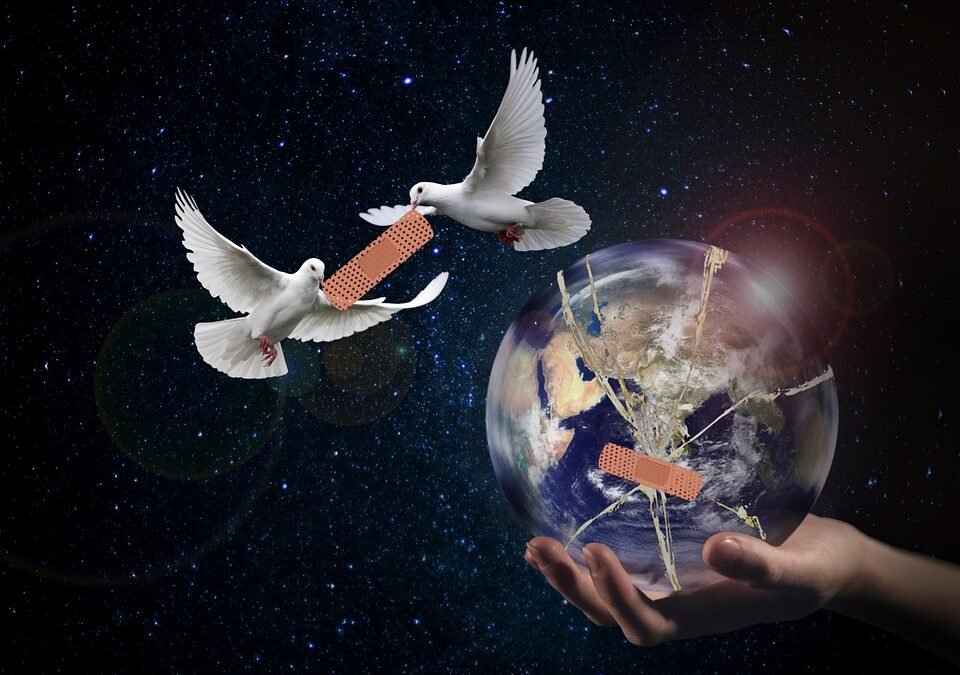From Avalanche to Art: How NFT Collections Are Redefining the Creative Landscape
Introduction
Over the past few years, Non-Fungible Tokens (NFTs) have taken the art world by storm, revolutionizing the way we perceive and value digital creations. From digital art pieces selling for millions of dollars to virtual real estate being bought and sold, NFTs have opened up a new realm of possibilities for artists, collectors, and investors.
The Rise of NFTs
NFTs are unique digital assets that are stored on a blockchain, which provides proof of ownership and authenticity. Unlike cryptocurrencies such as Bitcoin or Ethereum, NFTs cannot be exchanged on a one-to-one basis as they represent ownership of a specific item. This uniqueness has given rise to a whole new market for digital assets.
One of the most significant contributions of NFTs to the creative landscape is the ability to provide artists with direct monetization of their work. Previously, artists relied on galleries or auction houses to sell their art, often receiving only a fraction of the final sale price. With NFTs, artists can sell their work directly to collectors, bypassing intermediaries and retaining a larger portion of the profits.
NFT Collections: A New Form of Art
While individual NFTs can be valuable and sought after, the concept of NFT collections has become a phenomenon of its own. Artists and creators are now releasing series of NFTs that follow a specific theme or narrative, creating a cohesive collection that is highly desirable to collectors.
These NFT collections often come with additional benefits and perks for collectors. They may include exclusive access to future releases, physical artwork, or even experiences related to the collection. This blending of the digital and physical worlds adds a new layer of value to the NFTs and enhances the overall collecting experience.
Impact on Traditional Art Markets
The emergence of NFT collections has not only disrupted the digital art world but has also had a significant impact on traditional art markets. Galleries and auction houses have had to adapt to the changing landscape, incorporating NFT sales into their offerings. This integration has allowed traditional art collectors to explore the world of digital art and expand their collections beyond physical pieces.
Additionally, NFTs have opened up opportunities for artists who may have previously been overlooked by the traditional art market. Digital artists, in particular, have found a new platform to showcase and sell their work, gaining recognition and financial success in ways that were previously inaccessible.
FAQs
1. What is the difference between an NFT and a cryptocurrency?
NFTs are unique digital assets that represent ownership of a specific item, while cryptocurrencies are digital currencies that can be exchanged on a one-to-one basis.
2. How do NFTs provide value to artists?
NFTs allow artists to sell their work directly to collectors, cutting out intermediaries and retaining a larger portion of the profits. They also provide artists with a platform to gain recognition and showcase their work to a global audience.
3. What are NFT collections?
NFT collections are series of digital assets that follow a specific theme or narrative. They often come with additional benefits and perks for collectors, enhancing the overall collecting experience.
4. How have NFTs impacted traditional art markets?
NFTs have disrupted traditional art markets by providing new opportunities for artists and expanding the options for collectors. Galleries and auction houses have incorporated NFT sales into their offerings, allowing traditional art collectors to explore the world of digital art.
5. Who are the main players in the NFT space?
The NFT space is diverse and includes artists, collectors, investors, platforms, and marketplaces. Some well-known players in the NFT space include Beeple, CryptoPunks, NBA Top Shot, and Opensea.
Conclusion
NFT collections have redefined the creative landscape, empowering artists, and transforming the way we perceive and value digital creations. The unique nature of NFTs, combined with the ability to create cohesive collections, has opened up a world of possibilities for artists, collectors, and investors alike. As the NFT market continues to evolve, we can expect even more innovation and disruption in the creative and art industries.

